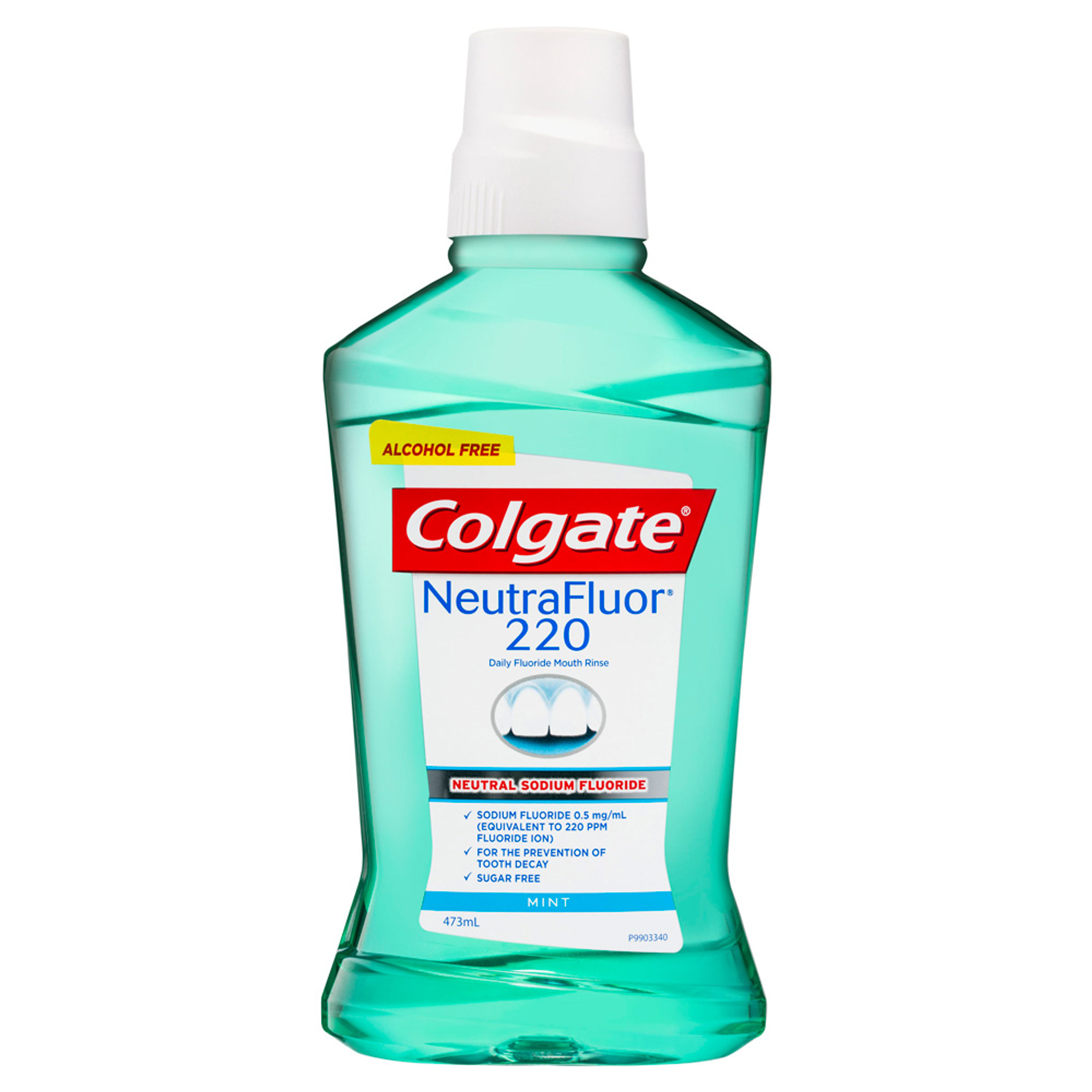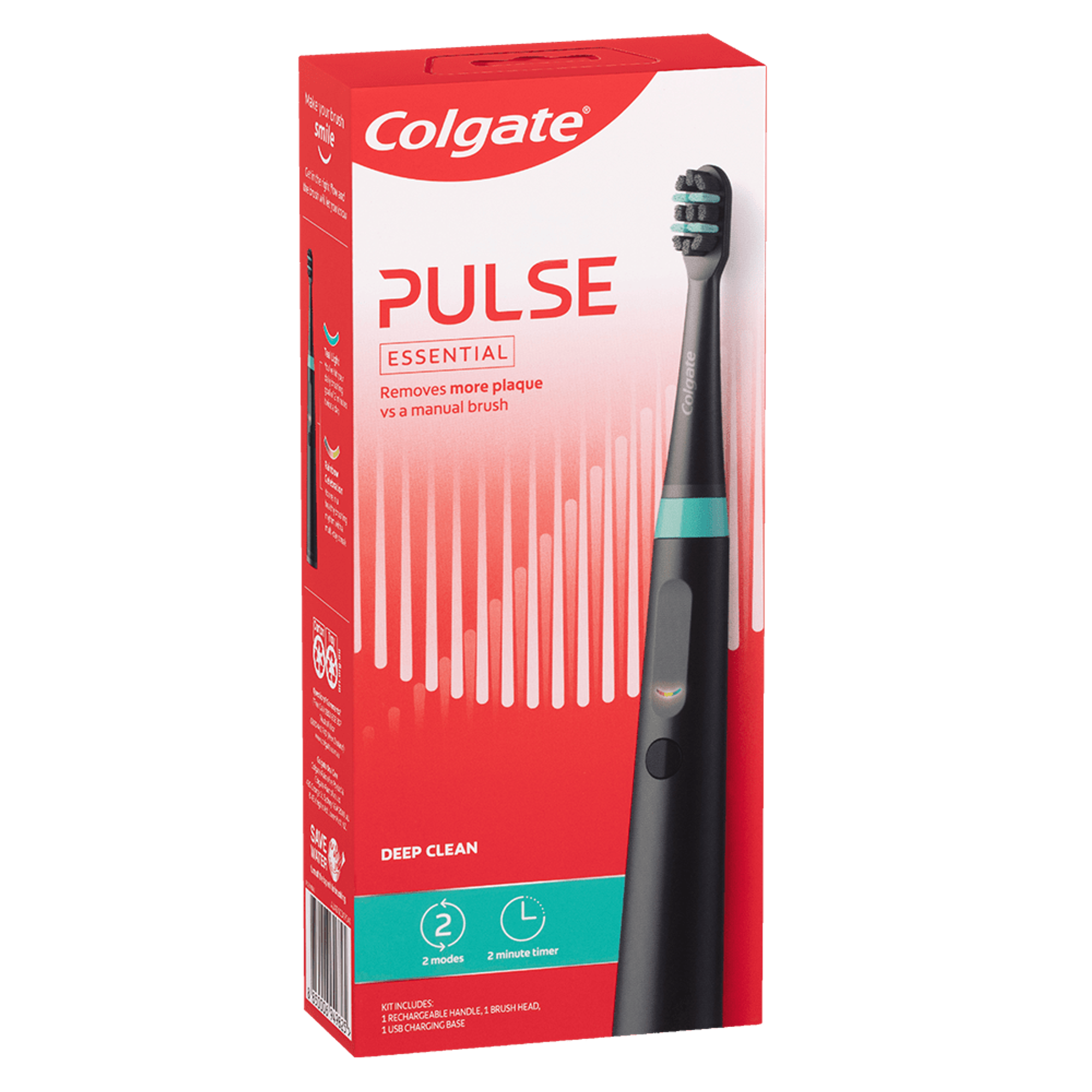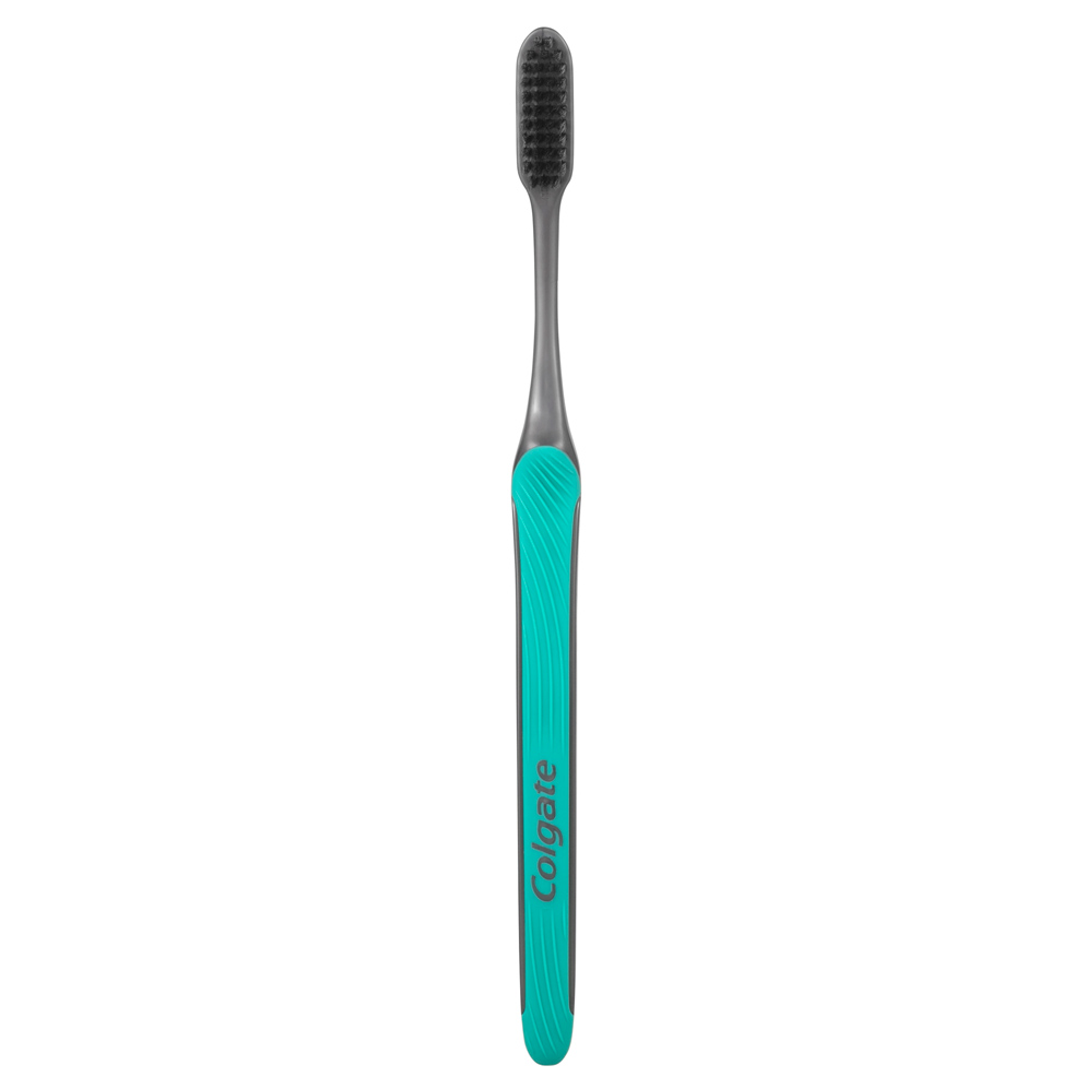-
-

BRUSHING & FLOSSING
How to BrushWhat Is the Right Way to Brush?
Proper brushing takes at least two minutes — that's right, 120 seconds!...

BRUSHING & FLOSSING
How To FlossWhat is the Right Way to Floss?
Proper flossing removes plaque and food particles in places where a toothbrush cannot easily reach... -
Science & Innovation
- Colgate® | Toothpaste, Toothbrushes & Oral Care Resources
- Oral Health
- Tooth Removal / Tooth Extractions


Why are teeth removed?
Teeth are extracted for a variety of reasons:
- Decay has reached deep into the tooth
- Infection has destroyed a large portion of the tooth or surrounding bone
- There is not enough room for all the teeth in your mouth.
Many dentists recommend extracting impacted teeth that are only partially erupted. Bacteria can enter around a partially erupted tooth and cause an infection, which can may extend into the surrounding bone and become serious. Impacted teeth continue trying to erupt. The continued pressure caused by this attempted eruption may eventually damage the roots of nearby teeth. Removing a tooth that is impacted can often prevent infection, damage to adjacent teeth and bone, and save pain in the years to come.
How are teeth removed?
Before a tooth is removed, your dentist will thoroughly review your medical and dental history and take the appropriate X-rays.
X-rays reveal the length, shape, and position of the tooth and surrounding bone. From this information, your dentist can estimate the degree of difficulty of the procedure and decide whether to refer you to a specialist called an oral surgeon.
Before removal, the area around your tooth will be anaesthetised. Dentists use a local anaesthetic to numb the area of the mouth where the extraction will take place.
For a simple extraction, once the area is anaesthetised, the tooth is loosened with the help of a tool called an elevator, then extracted with dental forceps. When he or she is finished, they may choose to close the area with a stitch. Ask your dentist for more details.
What can I expect after an extraction?
It is critical to keep the area clean and prevent infection immediately following the removal of a tooth. Your dentist will ask you to bite down gently on a piece of dry, sterile gauze, which you must keep in place for as long as instructed by your dentist to limit bleeding while clotting takes place. For the next 24 hours, you should not smoke or rinse your mouth vigorously. Follow your dentist’s instructions.
A certain amount of pain and discomfort may be expected following an extraction. In some cases, your dentist will recommend a pain killer or prescribe one for you. It may help to apply an ice pack to the face for 15 minutes at a time. You may also want to drink through a straw, limit strenuous activity, and avoid hot liquids. The day after the extraction, your dentist may suggest that you begin gently rinsing your mouth with warm salt water (do not swallow the water). Call your dentist at once if you have prolonged or severe pain, swelling, bleeding or fever.
| Tooth Removal/Extraction | ||||
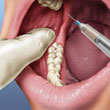 | 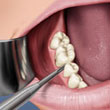 | 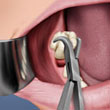 | ||
| 1. The area around the tooth is numbed before extraction. | 2. An elevator helps loosen the tooth. | 3. Dental forceps are used to remove the tooth. | ||
This article is intended to promote understanding of and knowledge about general oral health topics. It is not intended to be a substitute for professional advice, diagnosis or treatment. Always seek the advice of your dentist or other qualified healthcare provider with any questions you may have regarding a medical condition or treatment.
Related Products

Helping dental professionals
More professionals across the world trust Colgate. Find resources, products, and information to give your patients a healthier future







